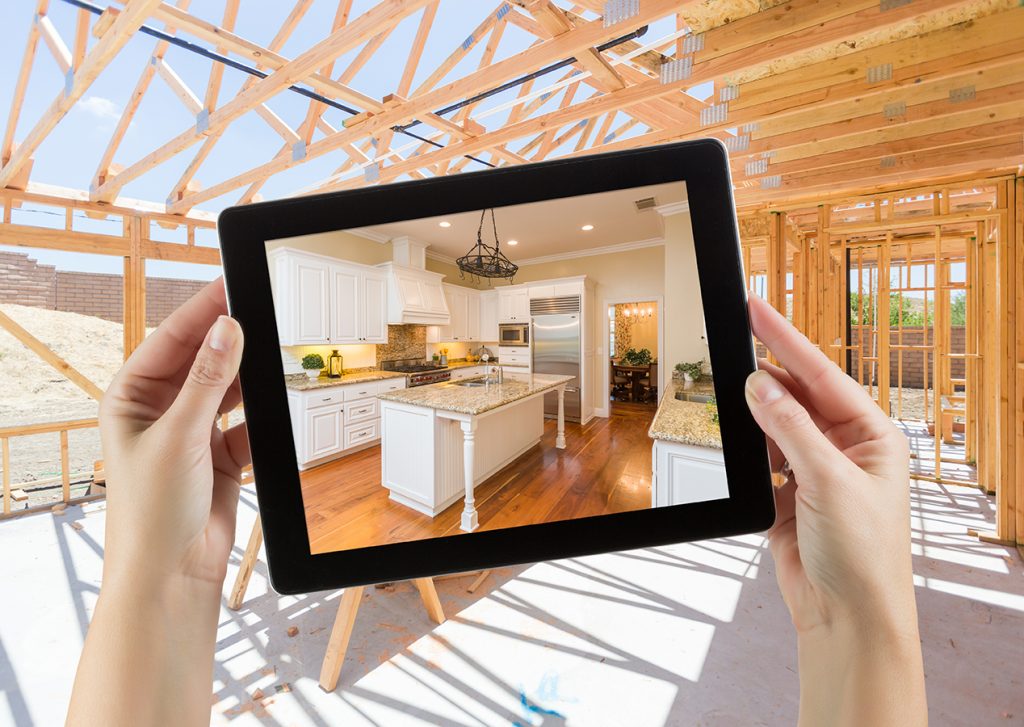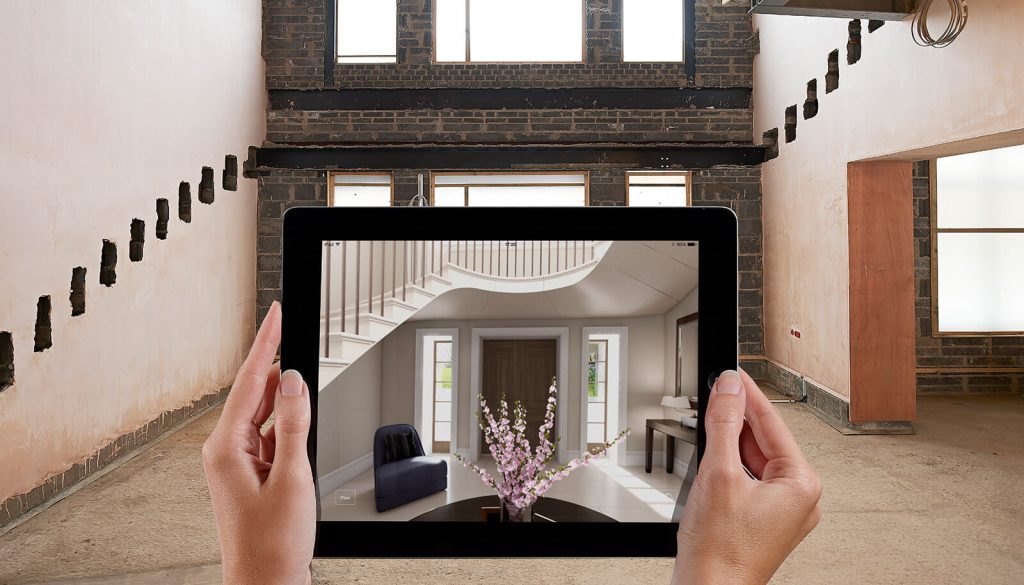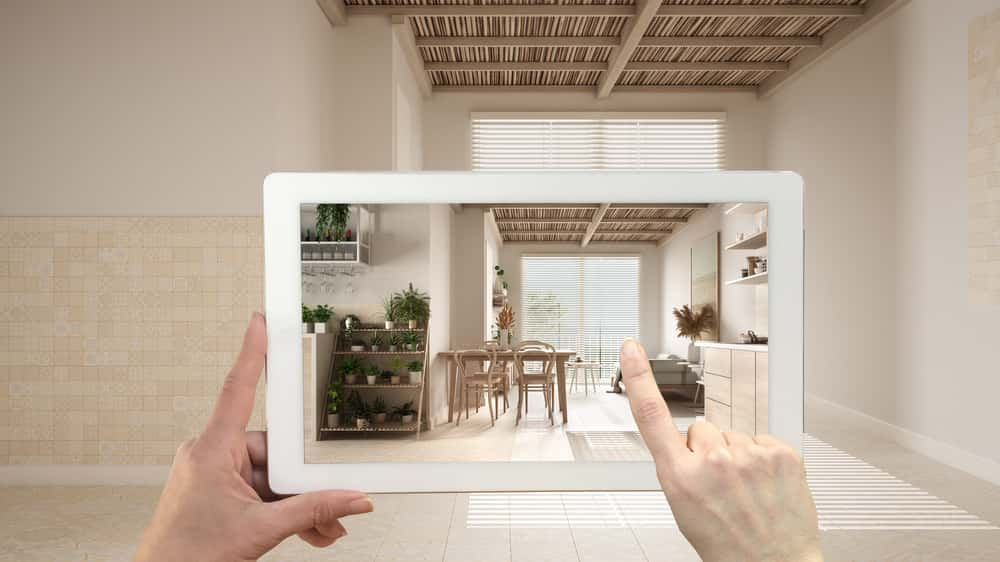AI in Interior Design: Transforming Spaces and Reducing Living Expenses
The advent of artificial intelligence (AI) has revolutionized countless industries, and interior design is no exception. AI-powered tools are reshaping how we conceptualize, plan, and execute design projects, offering innovative solutions that can also lead to significant savings in living expenses. This article explores the ways AI is transforming interior design and its broader impact on household budgets.

AI has introduced a new era of efficiency and creativity in interior design by automating processes and providing smarter, more personalized solutions. Here are the key areas where AI is making an impact:
1. Personalized Design at Scale
AI tools can analyze user preferences, lifestyle patterns, and budgets to create bespoke design plans. By integrating data from user inputs, AI systems craft solutions tailored to individual needs, from selecting furniture and color schemes to suggesting layouts that maximize space efficiency. This level of personalization, previously available only through expensive design consultations, is now accessible to anyone with a smartphone or computer.
2. Virtual Visualization Tools
AI-powered platforms like RoomGPT or Planner 5D allow users to visualize their spaces in 3D. These tools let homeowners experiment with different layouts, color palettes, and furniture options virtually, eliminating the need for costly trial and error. Being able to “see” a space before committing to changes reduces unnecessary purchases and minimizes design-related regrets.

3. Smart Recommendations and Cost Optimization
AI systems not only generate design ideas but also recommend cost-effective alternatives. For instance, they can identify budget-friendly furniture options, materials, or suppliers. AI platforms often feature integrated price comparison tools, helping homeowners find the best deals without extensive manual research.
4. Sustainability and Efficiency
AI tools frequently incorporate sustainability features, recommending energy-efficient appliances, eco-friendly materials, and optimized layouts that enhance natural light and ventilation. These choices not only align with environmental goals but also reduce energy bills and maintenance costs in the long run.
5. DIY Empowerment
By offering step-by-step guidance, AI tools enable homeowners to undertake DIY projects with confidence. This eliminates or reduces the need for professional labor, cutting down on renovation expenses.




